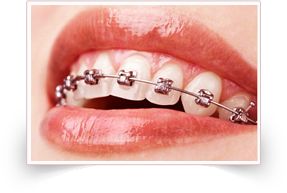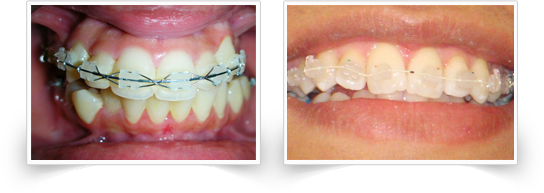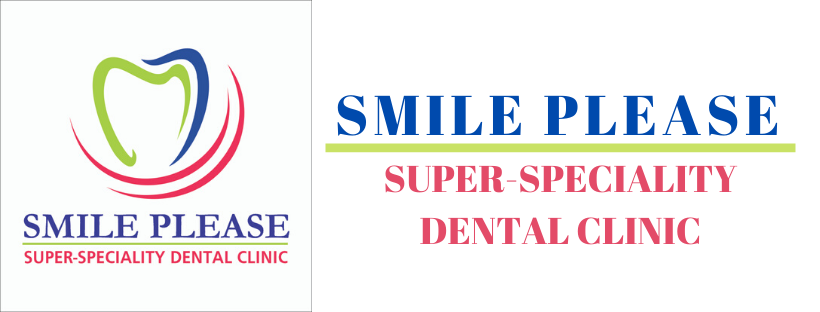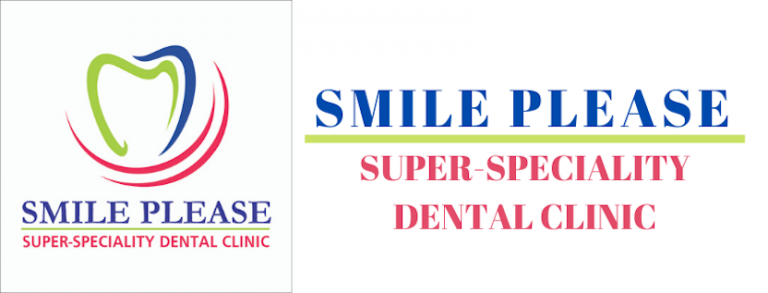Dental braces

Dental braces (also known as braces, orthodontic treatment cases) are devices used in orthodontics that align and straighten teeth and help position them with regard to a person’s bite, while also aiming to improve overall dental health. Braces also fix gaps between teeth. They are often used to correct underbites, as well as malocclusions, overbites, open bites, deep bites, cross bites, crooked teeth, and various other flaws of the teeth and jaw. Dental braces are often used in conjunction with other orthodontic appliances to help widen the palate or jaws and to otherwise assist in shaping the teeth and jaws.
What are my options?
Today’s orthodontics offer more kinds of braces than ever before. Check out your options:
Metal braces/Traditional braces

These are the metal brackets and wires that most people picture when they hear the word “braces.” However, modern brackets are smaller and less noticeable than the notorious “metal-mouth” braces that many adults remember. Plus, new heat-activated archwires use your body heat to help teeth move more quickly and less painfully than in the past.
Pros: Least expensive type; colored bands give kids a chance to express themselves and feel good.
Cons:Most noticeable type of dental braces
Ceramic Braces

Ceramic braces are the same size and shape as metal braces, except that they have tooth-colored or clear brackets that blend in to teeth. Some even use tooth-colored wires to be even less noticeable.
Pros: Less noticeable than metal braces; move teeth much faster than clear plastic aligners (Invisalign). Much more comfortable.
Cons: Expensive than metal braces;
Lingual Braces

Lingual braces are the same as traditional metal braces, except that the brackets and wires are placed on the inside of teeth.
Pros: Invisible from outside
Cons:Difficult to clean; more expensive; not appropriate for severe cases; can be more uncomfortable at first; regular adjustments take longer and are more difficult than with traditional braces.
Invisalign

Invisalign consists of a series of 18 to 30 custom-made, mouth guard-like clear plastic aligners. The aligners are removable and are replaced every 2 weeks.
Pros: Almost invisible; Patients can eat and drink whatever they want. Advance form of treatment. Faster treatment.
Cons: Will not work for serious dental problems; only available for adults and teens, not children; more expensive option.
SHARAD KUMAR M.D.S.(ORTHO) is an experienced Braces & Invisalign Specialist Orthodontist, who will be able to explain the whole Braces & Invisalign process and draw up a treatment plan tailored to your specific case.
So what are you waiting for..
Contact
DR. SHARAD KUMAR at SMIILE PLEASE: THE DENTAL CLINIC
OFFICE N0.111, NIRMAN VYAPAR PREMISES, SECTOR 17, VASHI, NAVI MUMBAI. Website: www.smiileplease.com TEL: 9821662442, 9930185453, 02227657810.

